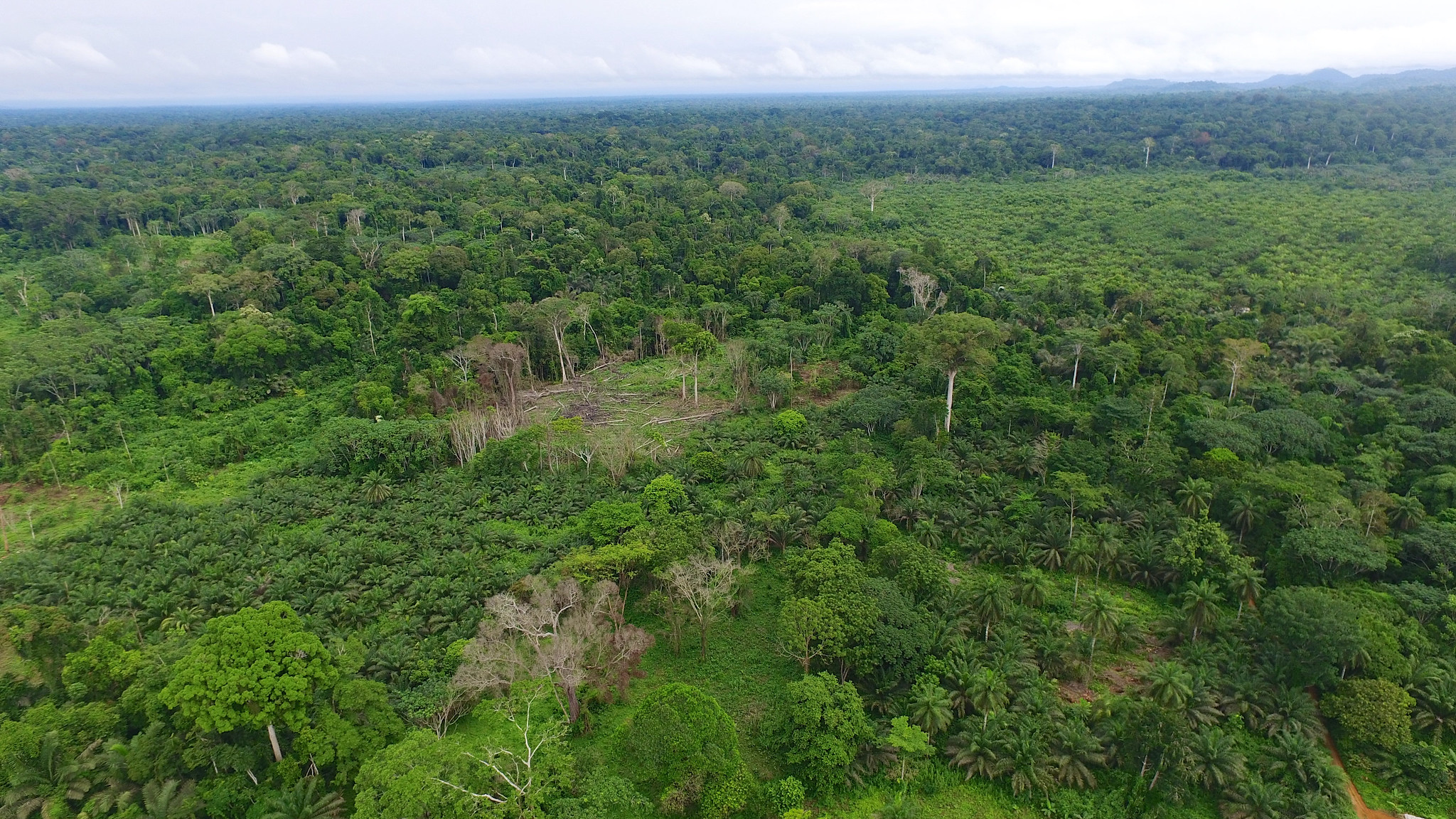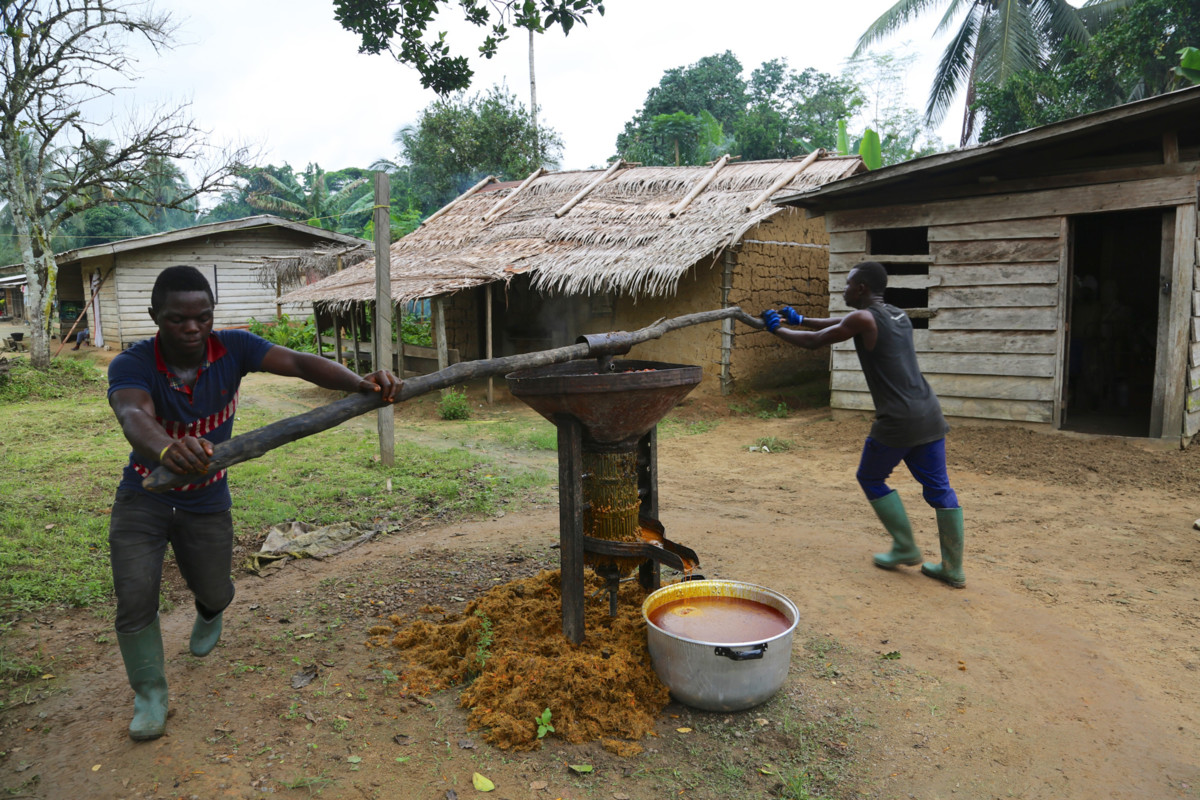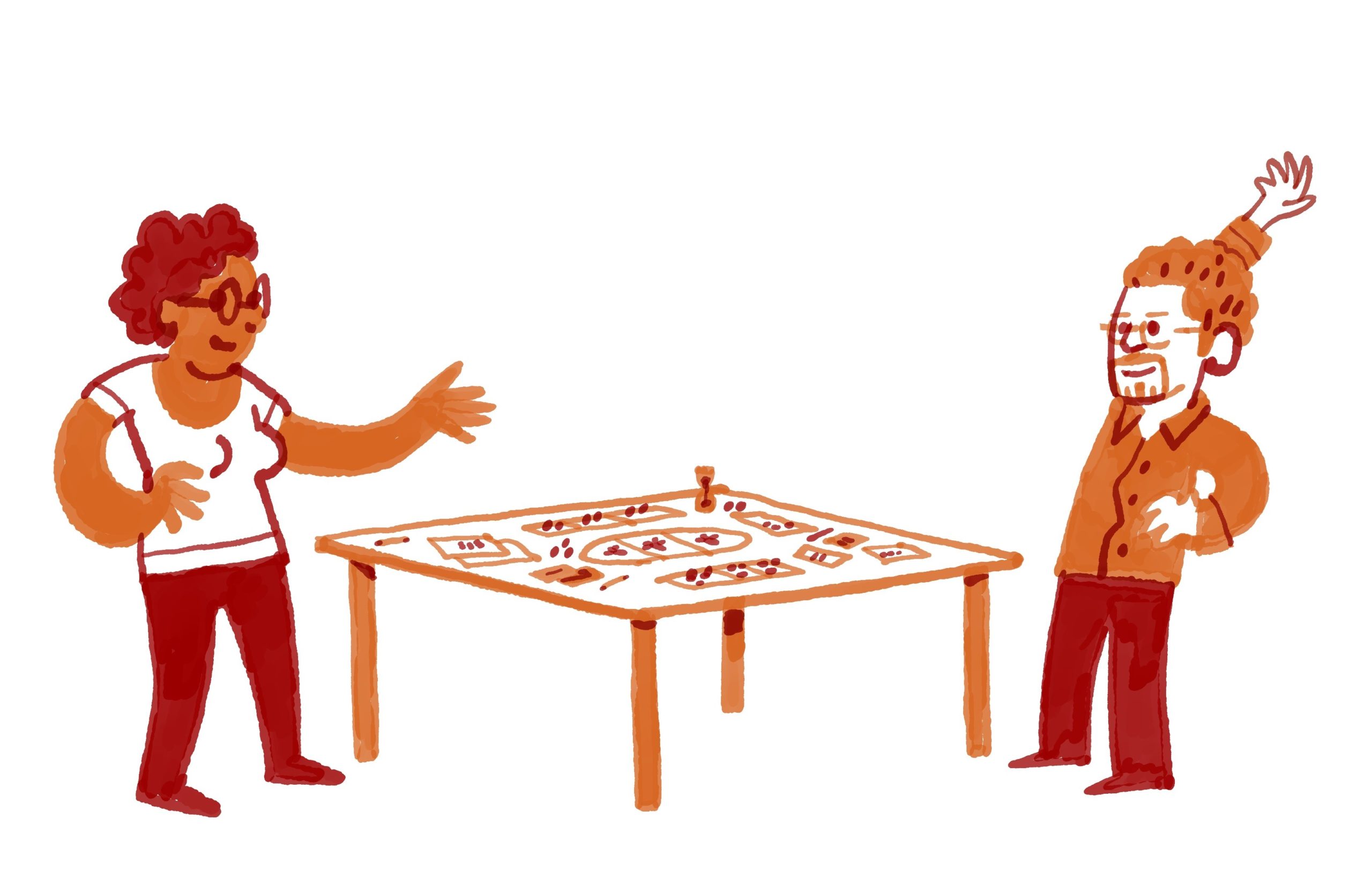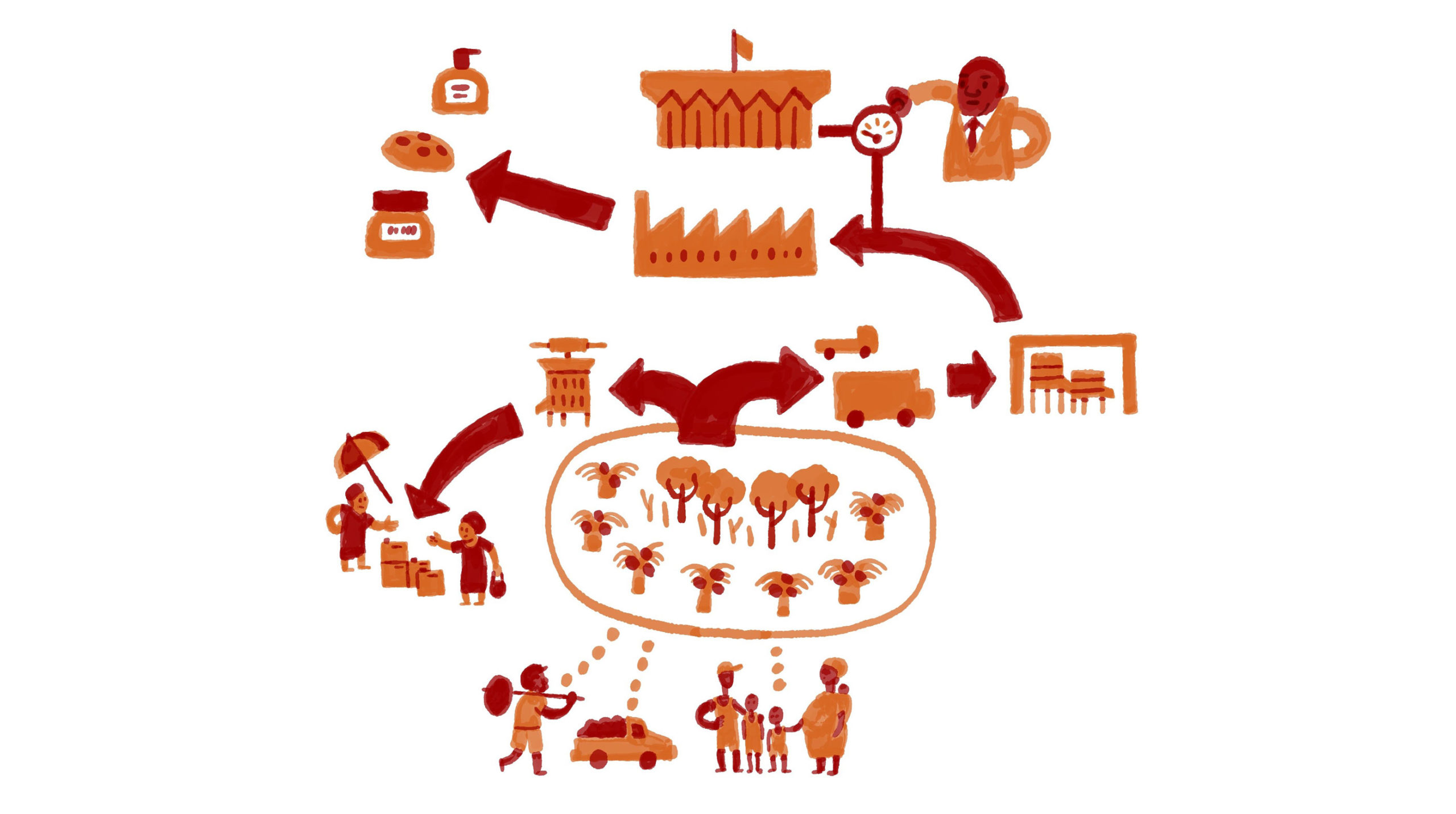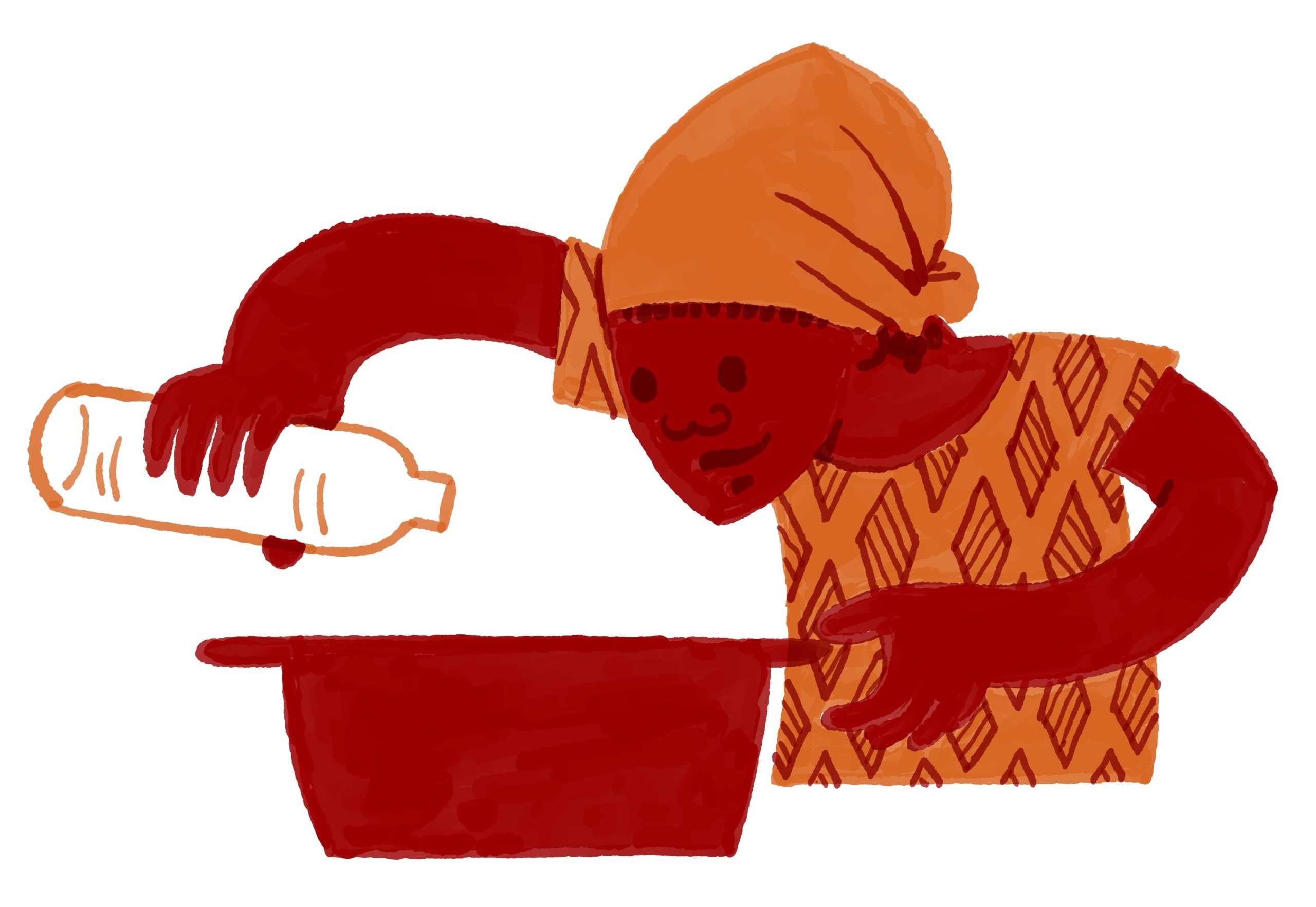Through the role-playing in the game, small oil palm producers and agro-businesses, whose interests are sometimes different and divergent, became aware of each other’s needs and challenges.
In Cameroon, oil palm plantations cover more than 170,000 ha of national land, including 70,000 ha of industrial plantations and 100,000 ha of village plantations. According to Emmanuel Ngom, an expert at MINADER, the 70,000 ha of industrial plantations produce about 180,000 tons of palm oil, while the 100,000 ha of village plantations produce only about 90,000 tons. Furthermore, the extraction rate of palm oil from fresh nuts is 21% in local industrial mills and 14% in artisanal mills.
Through the CoPalCam game, smallholders have learned why industrial mills are more efficient than the small local mills they normally use.
“The game certainly created awareness that encouraged the producers to change the way they operate and helped them make the right decision on increasing productivity” Mr Ngom said.
The constraints identified during the CoPalCam game persuaded a group of smallholders located near the Société Camerounaise de Palmeraies (SOCAPALM) plantation in Dibombari to think about creating a cooperative to increase productivity and income.”
